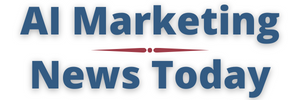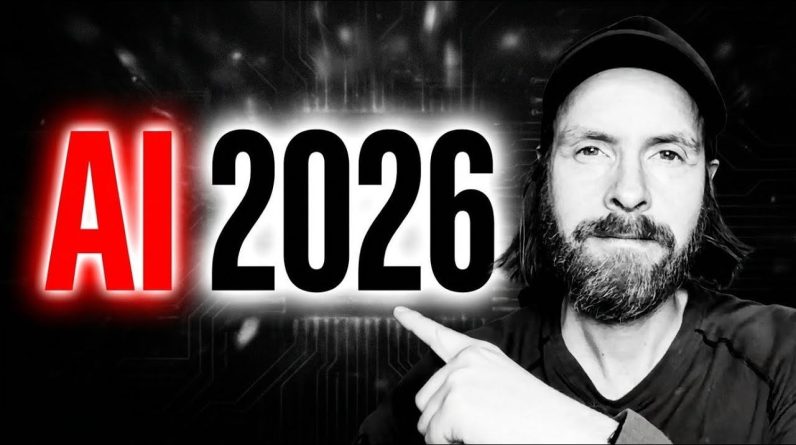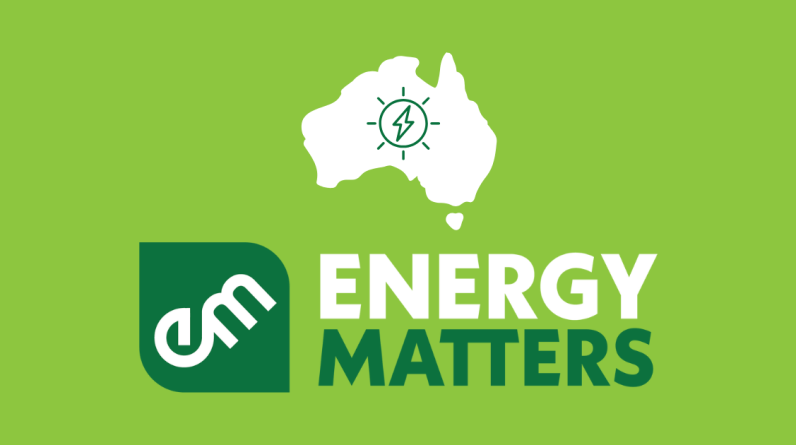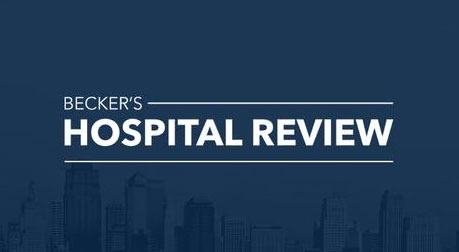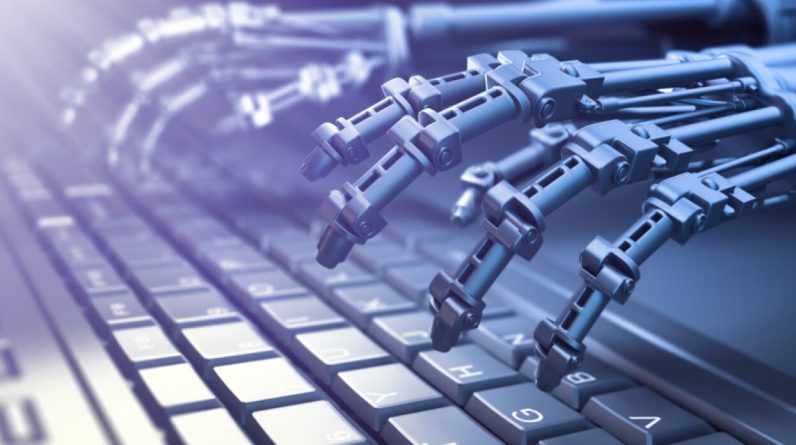
Mature IT Service Management (ITSM) is essential for strengthening state and local government service delivery and efficiency. Agencies often struggle with aging legacy systems, manual processes, and fragmented monitoring and service tools. Modern ITSM provides automation and self-service capabilities to address these challenges.
“If you ask IT leaders what their biggest problem is, they’re going to tell you about resource constraints,” said Andrew Graf, chief product officer at TeamDynamix. “We have hundreds of applications we’re supporting, and no one’s given us any additional head count.”
Mature ITSM platforms — which include automation, integration and conversational AI — give IT teams powerful tools to manage increasing complexity, growing workloads and rising user expectations. They offer advanced capabilities that improve user experience for agency staff and the public.
WHY ITSM MATURITY MATTERS
Mature approaches to ITSM improve how agencies manage technology services in multiple ways:
Greater efficiency. Integration and automation streamline workflows, reducing delays and errors. Automating basic tasks lets IT teams focus on more strategic work.
Increased productivity. Self-service portals and automation allow users to handle routine requests like resetting passwords themselves instead of relying on IT staff. “It’s not just better productivity for IT staff,” Graf said. “The person waiting for the ticket to get resolved is more often than not dead in the water until the issue is resolved. Self-service can speed everything up.”
Improved user experience. Consistent, high-quality service delivery builds trust and improves transparency. In Madison, Wis., for example, the city’s legacy ticketing system provided “barebones” updates on the status of tickets, said Abigail Ferguson, former customer success manager for Madison’s IT department. “It was a black hole. They’d get these updates just at the start of the ticket and at the end when the ticket was complete.” A modern ITSM platform can improve communication and transparency around IT service requests.
Given the benefits of ITSM, it’s not surprising that government agencies are focused on maturing their ITSM capabilities. A service management survey conducted by the Center for Digital Government* (CDG) in late 2023 found that nearly 60 percent of state and local government agencies were planning to automate ITSM workflows.
The survey also revealed that government IT employees spend five to 10 hours per week on repetitive manual tasks. Automating these tasks could free up months of extra time per year across even the smallest staff.
Although many agencies have implemented some technologies to address manual tasks, these are often standalone tools. About half (53 percent) of agencies responding to the CDG survey had implemented incident management processes that standardize and strengthen their response to IT service issues. Fewer (38 percent) had developed strong change management systems to document and track new or modified applications. And fewer still (34 percent) had adopted self-service capabilities that let employees reset passwords and solve other common IT service issues themselves.
“These aren’t weaknesses; they’re opportunities,” said Graf. “There’s an opportunity at every stage to ask if a good tool in the space will help the organization mature.”
Mature ITSM solutions bring together multiple IT service functions in a single platform to transform IT service delivery.
TRANSFORMING ITSM WITH AUTOMATION
Automation is an ITSM superpower. It streamlines day-to-day service operations and gives IT teams the capacity to focus on innovation and problem-solving. Automated self-service portals can handle as much as 80 percent of routine IT queries, according to TeamDynamix.
“Not everything can be automated or should be automated,” said Graf. “But using automation the right way can relieve the burden on IT staff and improve service for users.”
Yet opportunities for ITSM automation in state and local government are largely untapped. Only 20 percent of CDG survey respondents said they had fully automated common ITSM functions.
Given that many government IT teams are small — roughly half of cities and counties have 10 or fewer full-time IT employees, according to the CDG survey — automation can help agencies respond to growing technology demands.
IT shops can automate routine processes like employee onboarding and offboarding, password resets, software provisioning, and equipment replacement requests.
Automation also helps these teams manage growing complexity. According to the CDG survey, nearly half (48 percent) of state and local government IT departments manage more than 50 applications. Nearly one quarter (23 percent) manage more than 100.
THE POWER OF INTEGRATION
Integration is an essential part of mature ITSM. With built-in connectors for a variety of systems commonly used in government, ITSM platforms can provide seamless connections across tools used by different departments, including:
- Tyler MUNIS (for enterprise data)
- Workday (to synchronize HR data for IT onboarding and offboarding functions)
- Microsoft Office 365 (for calendars and emails, and Teams to communicate across departments)
- Amazon Web Services and Microsoft Azure (to oversee cloud management and resource allocation)
Integrations also create a unified ecosystem that lets IT teams respond faster to service requests. For example, integrations with Microsoft Teams can automate service ticket generation and close the loop when requests are resolved, eliminating manual tasks and reducing duplicate requests.
Integrations also allow ITSM platforms to centralize data and workflows, which improves visibility and accuracy. A single source for data spanning multiple systems enables IT departments to manage and plan at the enterprise level, supporting a more strategic approach to service delivery and digital transformation.
ELEVATING ITSM WITH CONVERSATIONAL AI
Conversational AI can supercharge self-service portals and automation, reducing manual workflows and improving user experience.
AI-powered chatbots connect employees to ITSM tools through plain language conversational interfaces on a self-service portal. For example, a conversational chatbot could guide users through the steps required to change passwords or check the status of a request.
Some agencies use conversational AI to support more complex processes through integrations that connect the chatbot to systems in finance, HR, facilities and other departments. Integration with back-end workflows allows multistep requests to be fulfilled automatically.
For example, when an employee requests a software installation through an AI-powered chatbot, the chatbot can verify eligibility, process the request and install the software — all without IT staff intervention.
CHOOSING AN ITSM PLATFORM
IT leaders must evaluate a range of factors when selecting an ITSM platform. Key attributes and capabilities include:
Low administrative overhead. Intuitive tools simplify IT management by allowing employees to create and update workflows without requiring deep technical skills.
Agility. Platforms should easily accommodate new requirements or policy changes. The pandemic demonstrated why agencies need the ability to quickly add workflows like remote employee onboarding or equipment delivery. “You really need to have something that’s viable for any future scenario,” Graf said.
Ease of creating complex workflows. Developing multistep workflows once required coding or customization. Today, no-code capabilities let non-technical staff automate and streamline complex processes using visual, drag-and-drop interfaces. “Some solutions out there are very powerful, but they may require software developers to keep the systems going, and most governments don’t have the resources to pay for that,” Graf said.
Ease of integration. Because government agencies tend to manage large numbers of applications and systems, they need an ITSM platform that seamlessly connects with existing technologies. Modern platforms offer prebuilt connectors that simplify integration and support workflows across departments.
BENEFITS OF MODERN ITSM
To justify investments in modern ITSM, IT leaders should document existing metrics and communicate the following benefits:
More efficiency and capacity. Measure and report tactical improvements like faster resolution of service tickets and strategic gains like greater internal IT capacity for strategic initiatives.
Improved employee productivity and morale. Show how faster ticket resolution ensures employees have access to critical resources and how self-service options free up employee time.
Within the IT organization, automating mundane manual tasks improves employee satisfaction, which can reduce attrition in hard-to-fill roles. “People feel so much more empowered and have so much more worth when they are doing things that are intellectually rigorous and challenging versus when they are just repeating the same mechanical actions over and over and over with very little thought,” said Mark Hayes, former Pima County, Ariz., IT leader. “Investing in tools that allow our employees to engage in meaningful work is something that’s important to us as an overall IT organization.”
Enhanced constituent satisfaction. Consistent service delivery with fewer errors is a key factor, as is proactive communication through automated updates that improve transparency.
Cost savings. Along with reduced labor hours for routine tasks, the consolidation of tools into a common platform lowers IT overhead costs and provides opportunities to eliminate aging or redundant technologies.
FOUNDATION FOR SUCCESS
Mature approaches to ITSM transform how agencies manage technology. Harnessing the power of automation, integration and conversational AI strengthens performance and reliability, and it builds a foundation for evolving how government interacts with constituents.
“Find a system that will help you mature,” Graf said. “Look for a solution that grows with you and positions your organization for success as needs and expectations evolve.”
Learn more about how your agency can use automation, integration and conversational AI to transform ITSM.
*The Center for Digital Government is part of e.Republic, Government Technology’s parent company.
